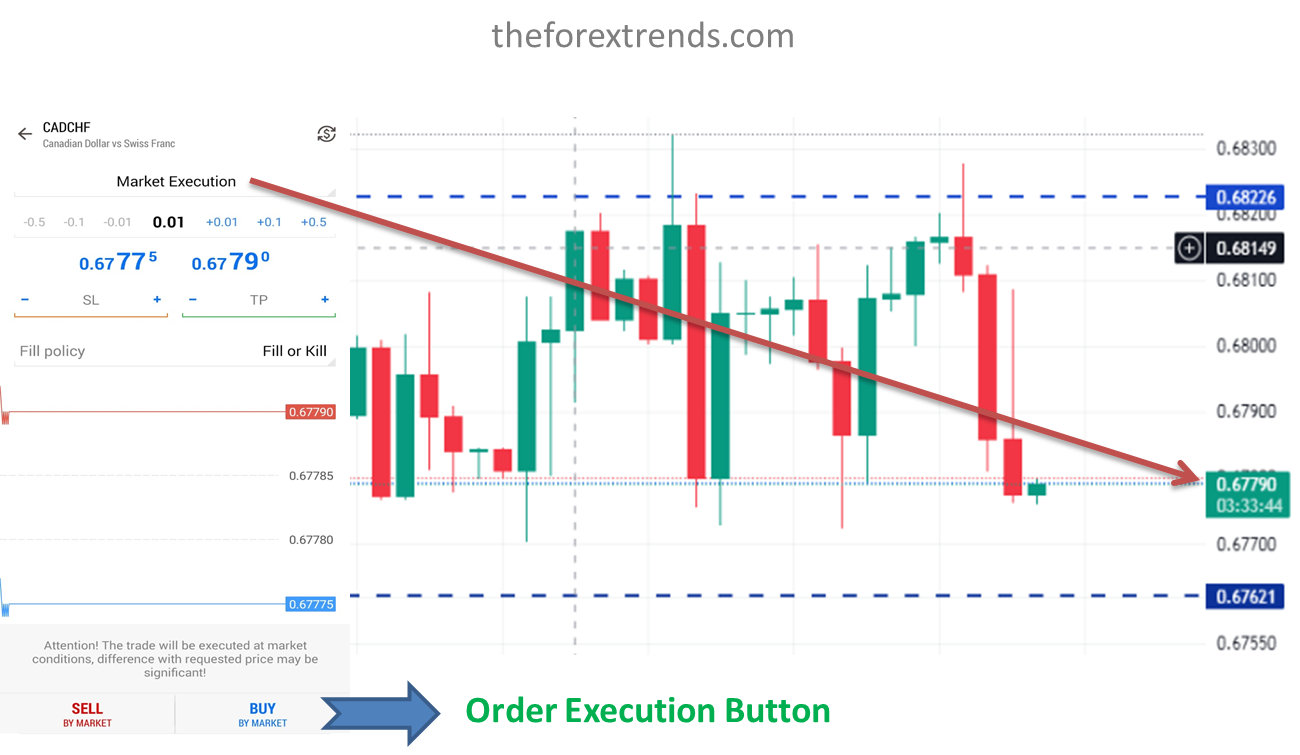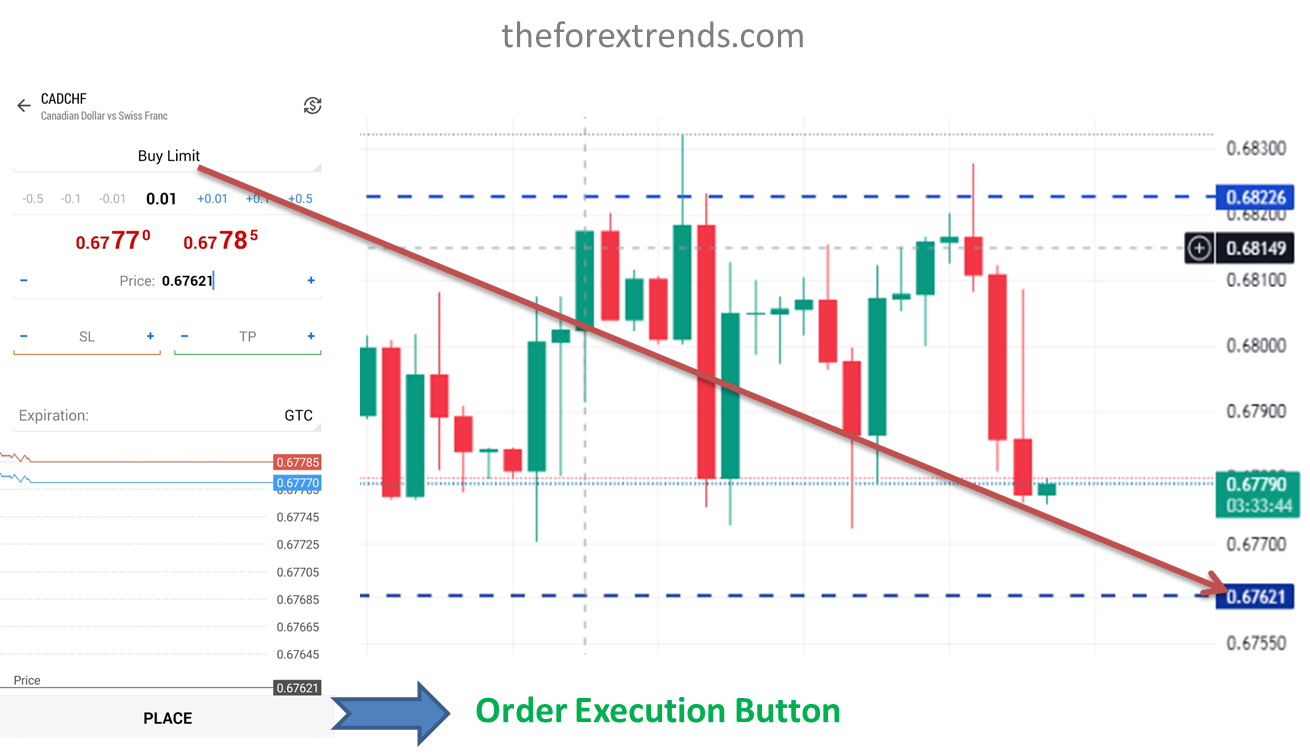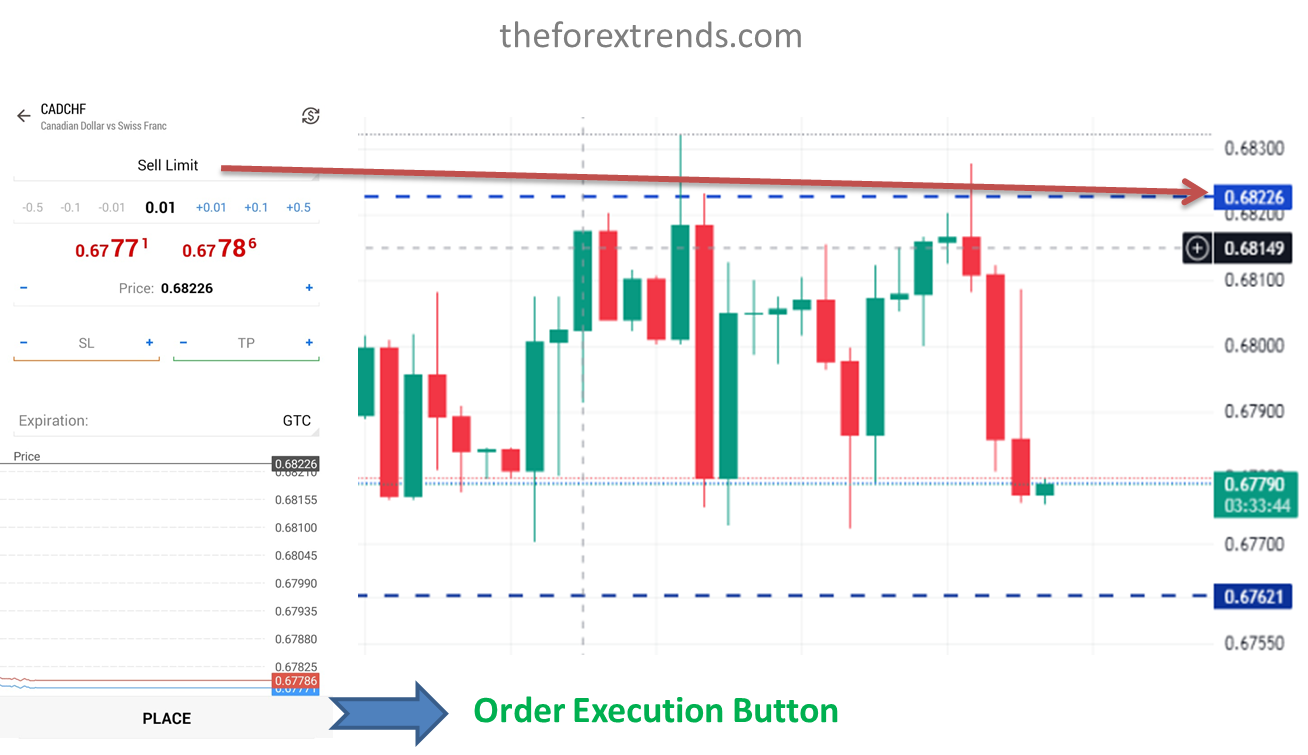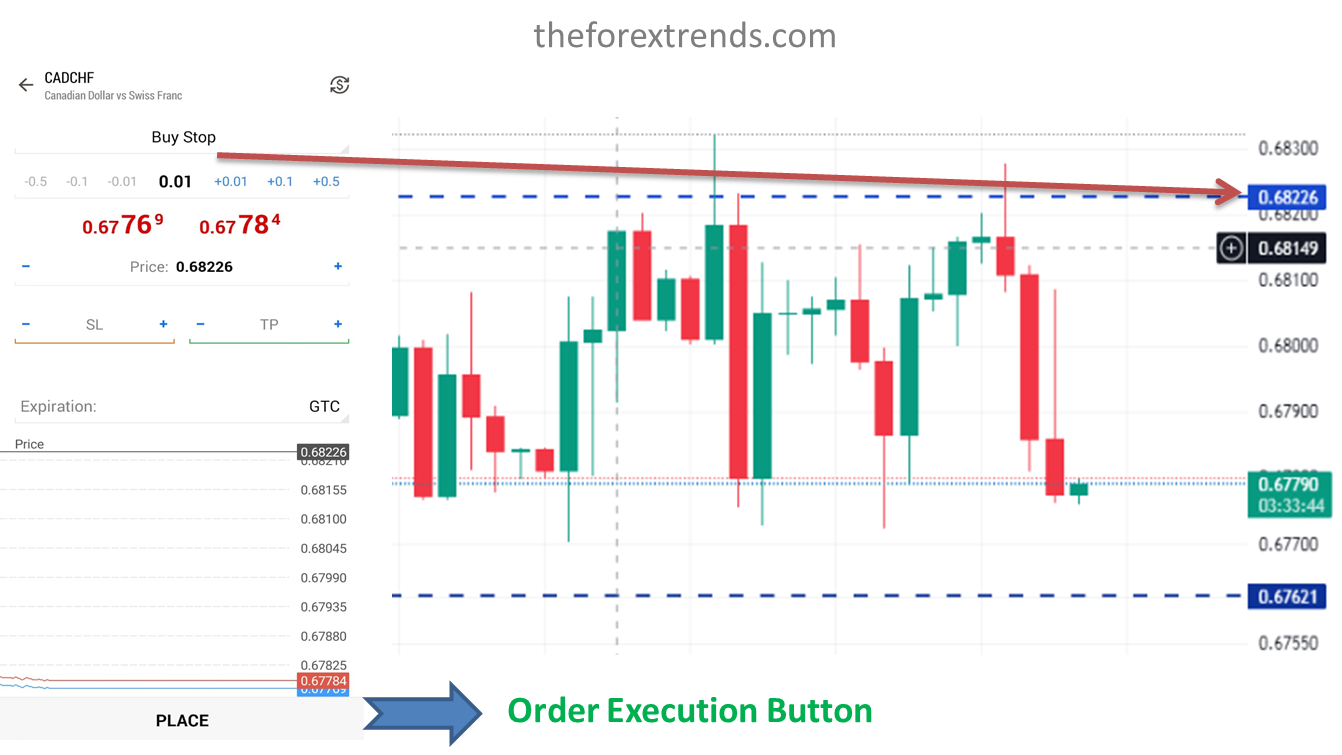
THE FOREX TRENDS
Revealing the World of Forex: Expert Analysis and Secrets of successful trading
In this article, we will discuss Multiple types of orders in the Forex market.
In the Forex market, there are several types of orders that traders can use to execute their trades. These orders allow traders to specify the conditions under which they want their trades to be executed.
Here are some of the commonly used order types in Forex trading:
A market order is an order to buy or sell a currency pair at the current market price. It is also known as market execution. It is executed immediately at the best available price. Market orders guarantee execution but not the exact price, as the price can fluctuate between the times the order is placed and when it is filled.

A limit order is an order to buy or sell a currency pair at a specific price or better. Traders use limit orders when they want to enter the market at a more favorable price than the current market price. There are two types of limit orders: Buy Limit and Sell Limit. A buy limit order is placed below the current market price, while a sell limit order is placed above the current market price.
These are just a few of the order types commonly used in Forex trading. It’s important to understand how each order type works and how it can be used in different market conditions. Hence it is advisable that you have to try once in a demo environment and place all the above four types of orders practically. We explained later how to create a demo environment to practice everything which you learned from here.
When you want to Sell on more low price than the current market price with expectations that, the price will fall down to a certain level(Break Support Level) and after that price will not be supposed to go up from this level and you wa
When you want to Buy at a more high price than the current market price with expectations that the price will go up to a certain level(Break Resistance Level) and after that price will not be supposed to fall from this level and you want to buy from that level, for that situation you can place Buy.
A stop order is an order to buy or sell a currency pair when the price reaches a specified level, known as the stop price. It is used to limit losses or to enter the market once a certain price level has been breached. There are two types of stop orders: Buy Stop and Sell Stop A buy stop order is placed above the current market price, while a sell stop order is placed below the current market price.
Let us make it more simplify to understand:
When you want to buy at a more discounted price or expect the price to drop to a certain level and you want to buy on that level, you can place a Buy Limit order for that situation.

When you want to Sell at a higher price or expect the price to go up to a certain level and you want to sell on that level, you can place a Sell Limit order for that situation.

When you want to Buy at a more high price than the current market price with expectations that, the price will go up to a certain level(Break Resistance Level) and after that price will not be supposed to fall from this level and you want to buy from that level, for that situation you can place Buy.

When you want to Sell on more low price than the current market price with expectations that, the price will fall down to a certain level(Break Support Level) and after that price will not be supposed to go up from this level and you want to sell from that level, for that situation you can place Sell Stop order.

These are just a few of the order types commonly used in Forex trading. It’s important to understand how each order type works and how it can be used in different market conditions. Hence it is advisable that you have to try once in a demo environment and place all the above four types of orders practically. We explained later how to create a demo environment to practice everything which you learned from here.
I hope this article is helpful for you to understand Multiple types of orders in the Forex market.
Stay tuned to our website for more tutorials about Forex Market. If you have any suggestions or queries, feel free to Contact us or drop your message in the comment section below.
Comments